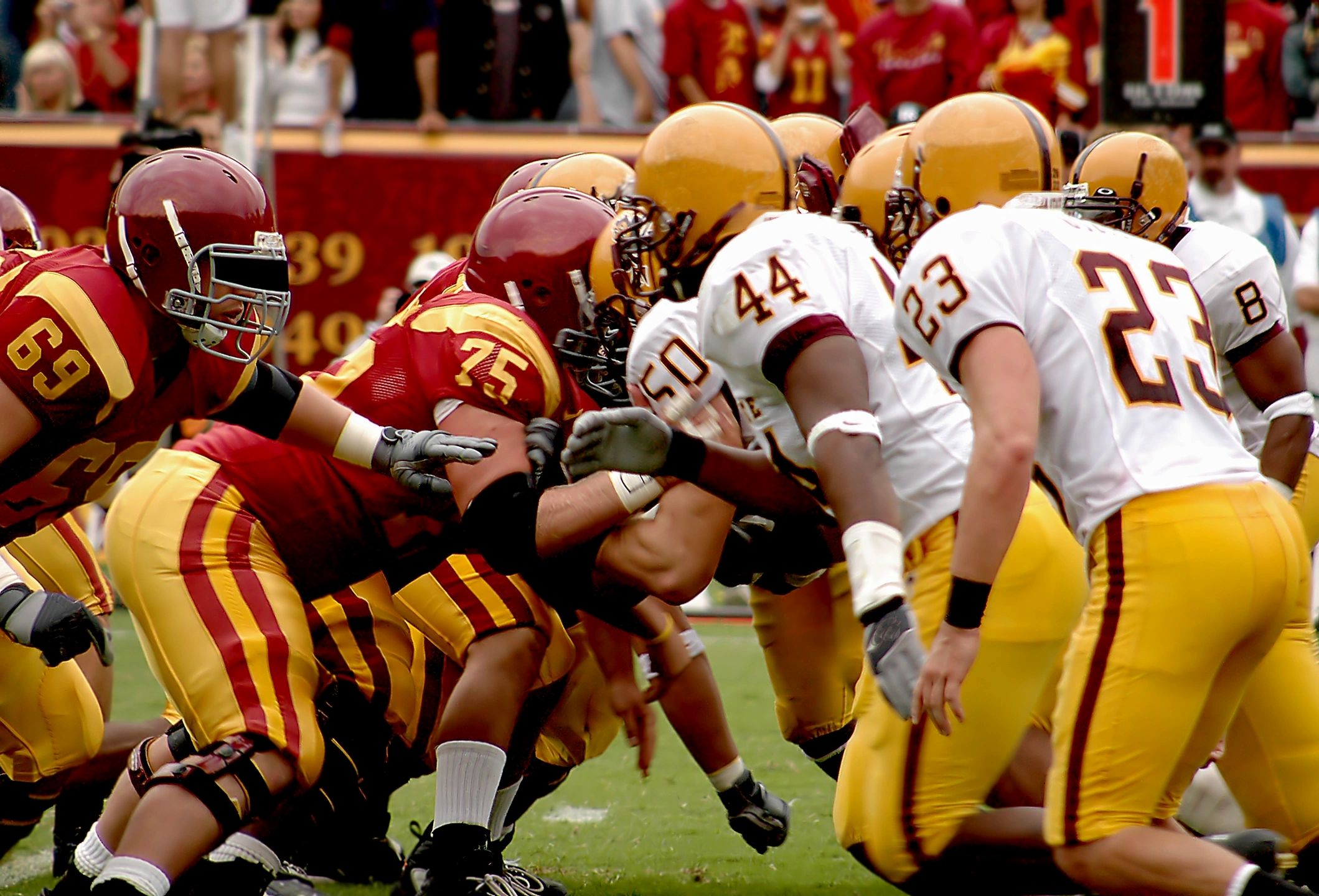 Whenever a professional athlete suffers an injury, the regular news outlets and sports media report it immediately. The information is broadcast worldwide, and anyone who has even a remote interest in the athlete learns about the mishap.
Whenever a professional athlete suffers an injury, the regular news outlets and sports media report it immediately. The information is broadcast worldwide, and anyone who has even a remote interest in the athlete learns about the mishap.
These injuries are often public knowledge long before the game is over. Communication technology amplifies these broadcasts even more as reporters, bloggers, and even the athletes themselves make the announcements on social media forums such as Facebook and Twitter as they occur.
Use of such technology isn’t restricted to athletes, though. Many recreational athletes carry their smart phones and electronic tablets in order to obtain information. This technology can also be used to report and even analyze injuries sustained by recreational athletes.
Texting
Sending text messages has become a popular way to connect directly with another person through the use of short messenger services, or SMS, on a mobile phone. Recreational athletes can message friends, family, and even their physician to inform everyone of an injury.
This can ensure immediate assistance when needed, and allow for instant communication with those who can assist. Athletes may describe the injury and send photos to their physician, and the latter can respond with a course of action that will minimize further damage.
Social media
Though it may seem odd, social media is an excellent way to broadcast injuries quickly to everyone who may need to know. Using social media platforms such as Twitter allows for the same flexibility as text messaging but you can also supply links to location maps or even medical files.
This can put doctors, family, and friends on alert about the injury and get them to respond appropriately. The banter on social media is all but instantaneous, which allows concerned parties to respond immediately to the injured person.
Photo and video sharing
Personal technology can be useful for dealing with sports injuries, because a majority of these devices contain a camera. Photos of the injury can be taken the moment the injury occurs.
The photo can then be emailed, or placed on a website such as Instagram to be shared. This can enable your physician to study the injury remotely and suggest a course of action. Photos can also provide first responders an accurate description of the injury and how it develops.
If video happened to be shot of the event in which the injury occurred, that may be invaluable information for determining the course of treatment.
Informational databases
One of the greatest online tools available to the recreational athlete is the variety of informational databases. Websites like WebMD provide a wide range of clinical advice to help identify symptoms and explain how to provide first aid.
Physical fitness training websites such as Beachbody allow subscribers to monitor their physical activities. Many other databases can not only explain how to avoid injuries but how to treat them when they happen.
A vast amount of technology is available for the recreational athlete to consult in order to perform better and promote wellness. If you should suffer an injury, god forbid, they’ll be at your service as well.


